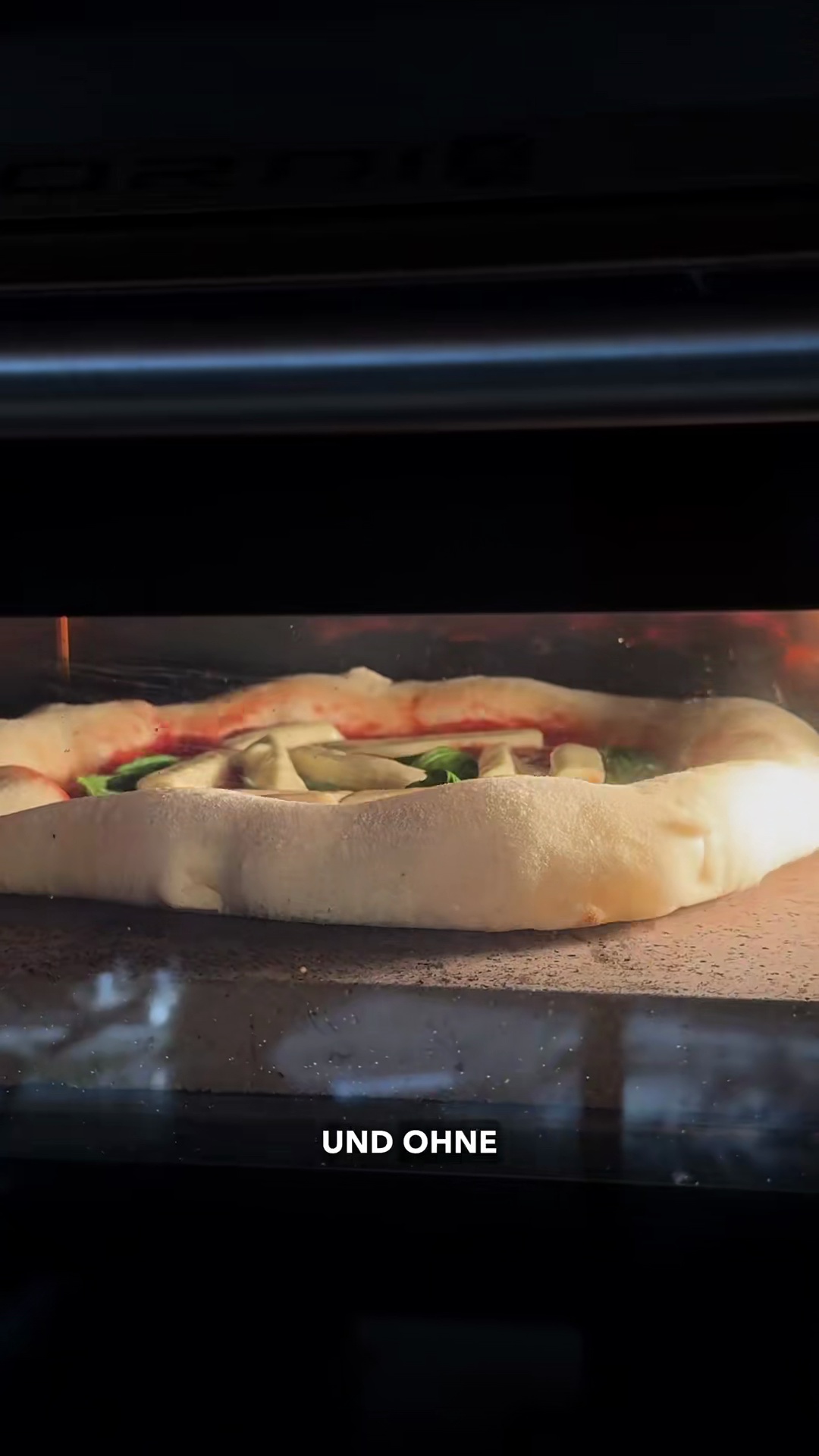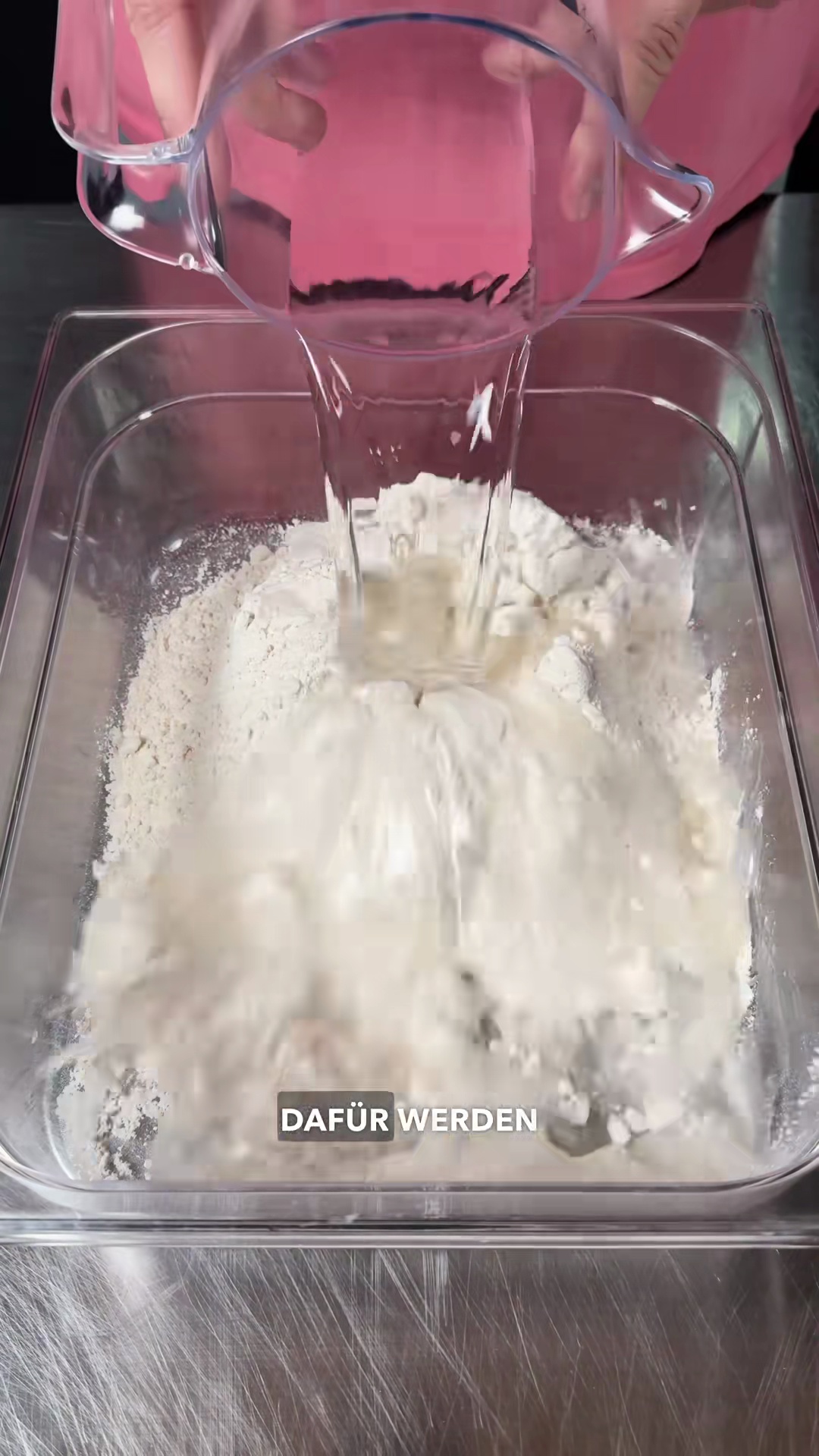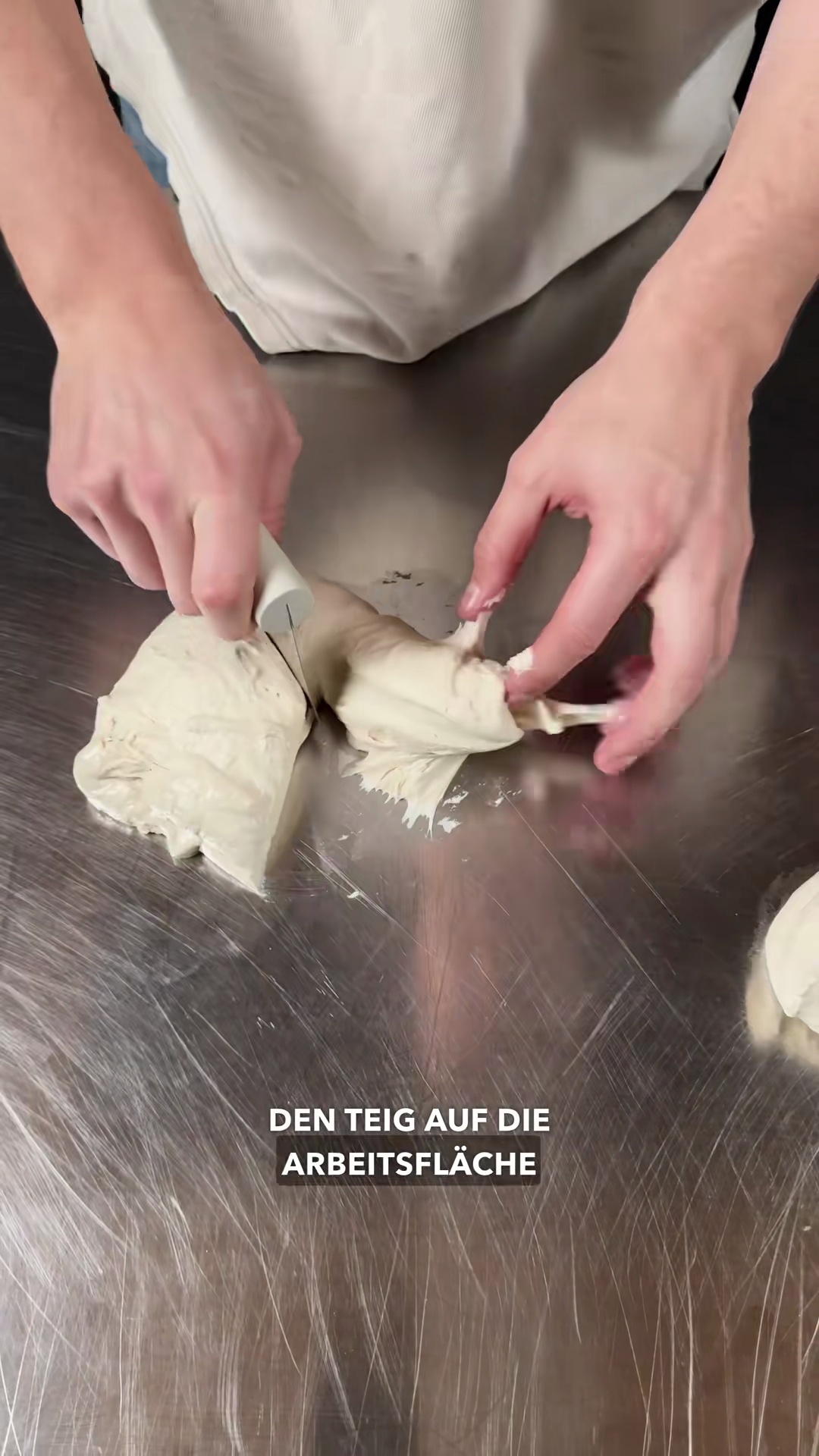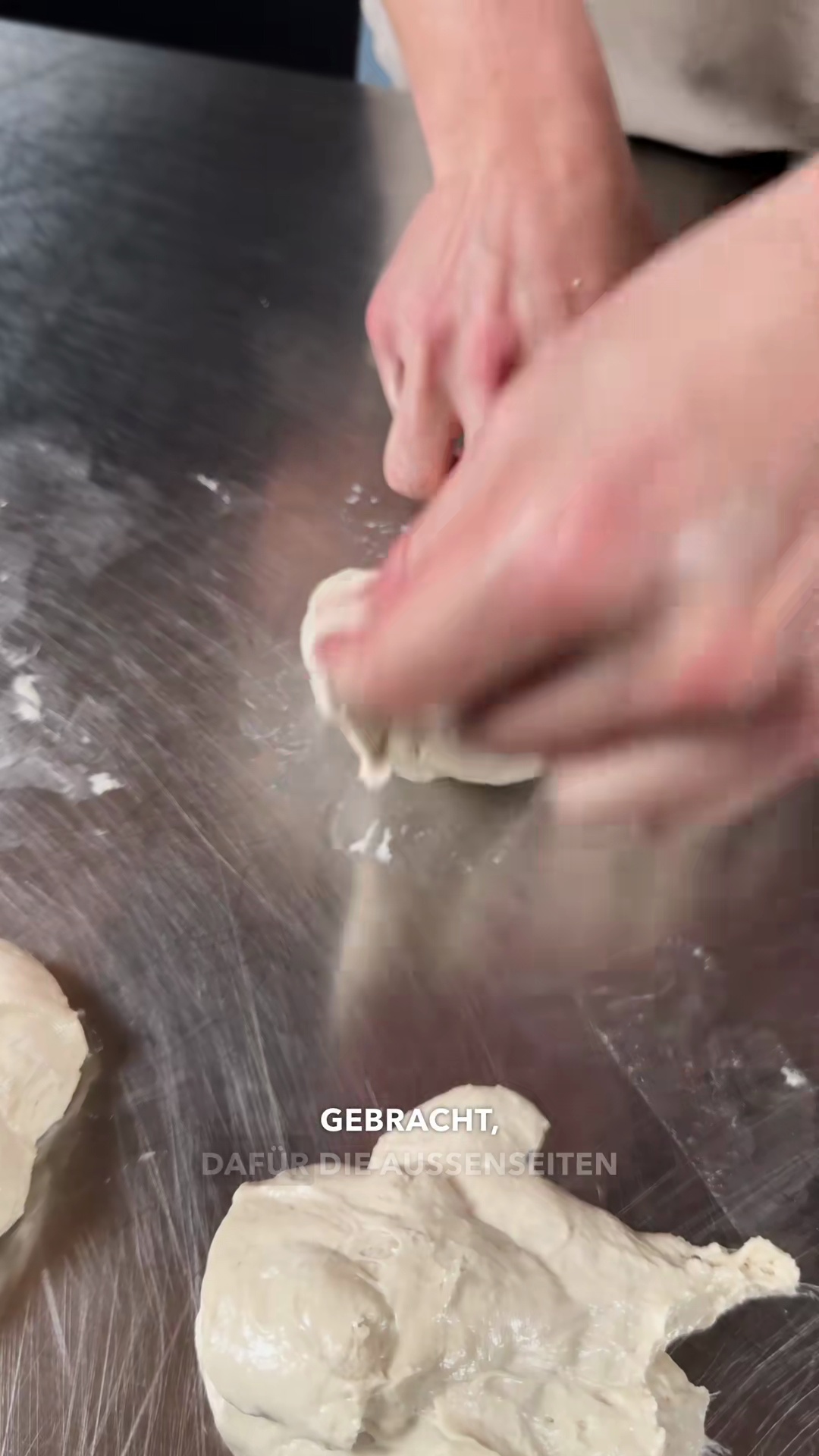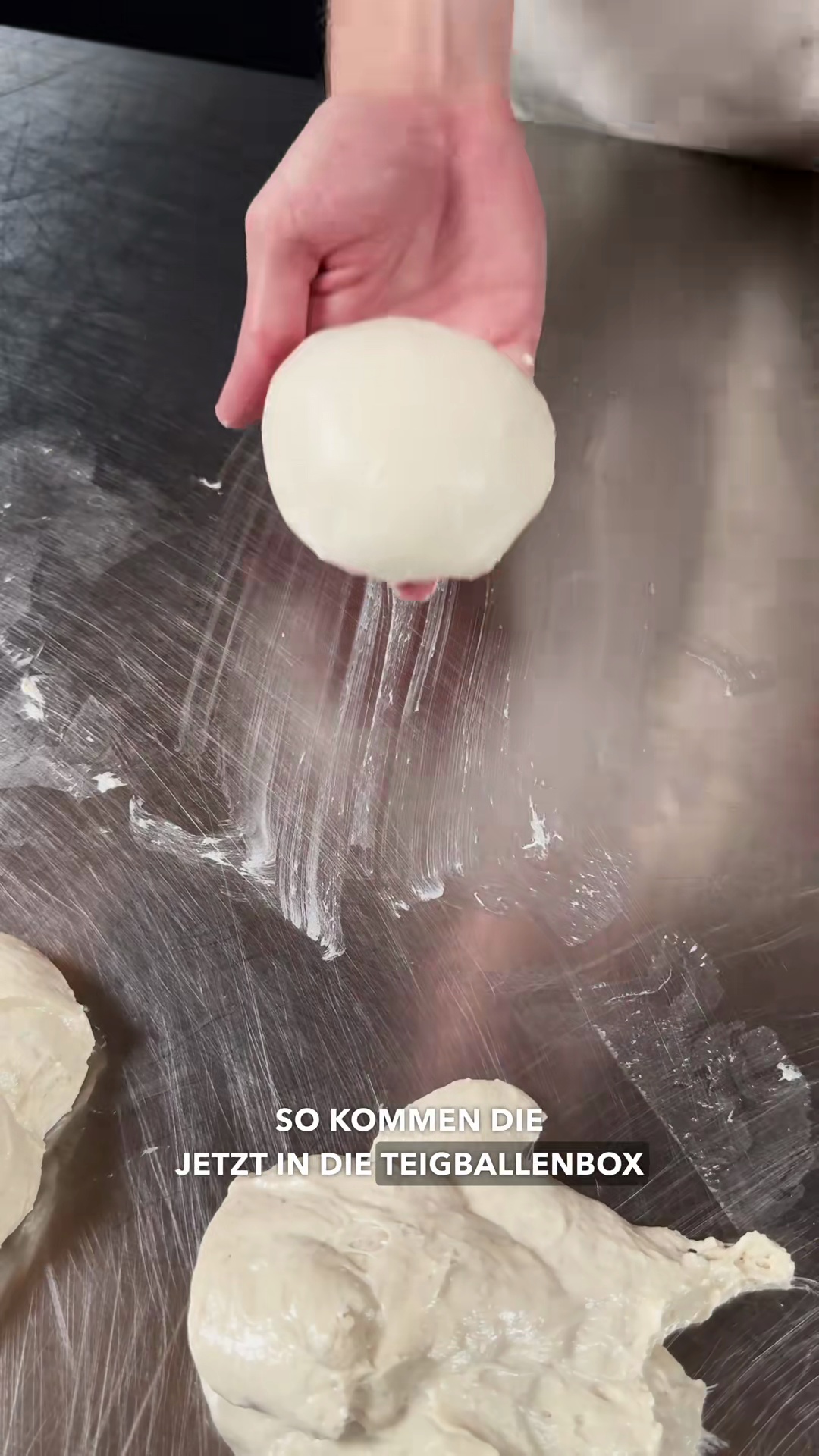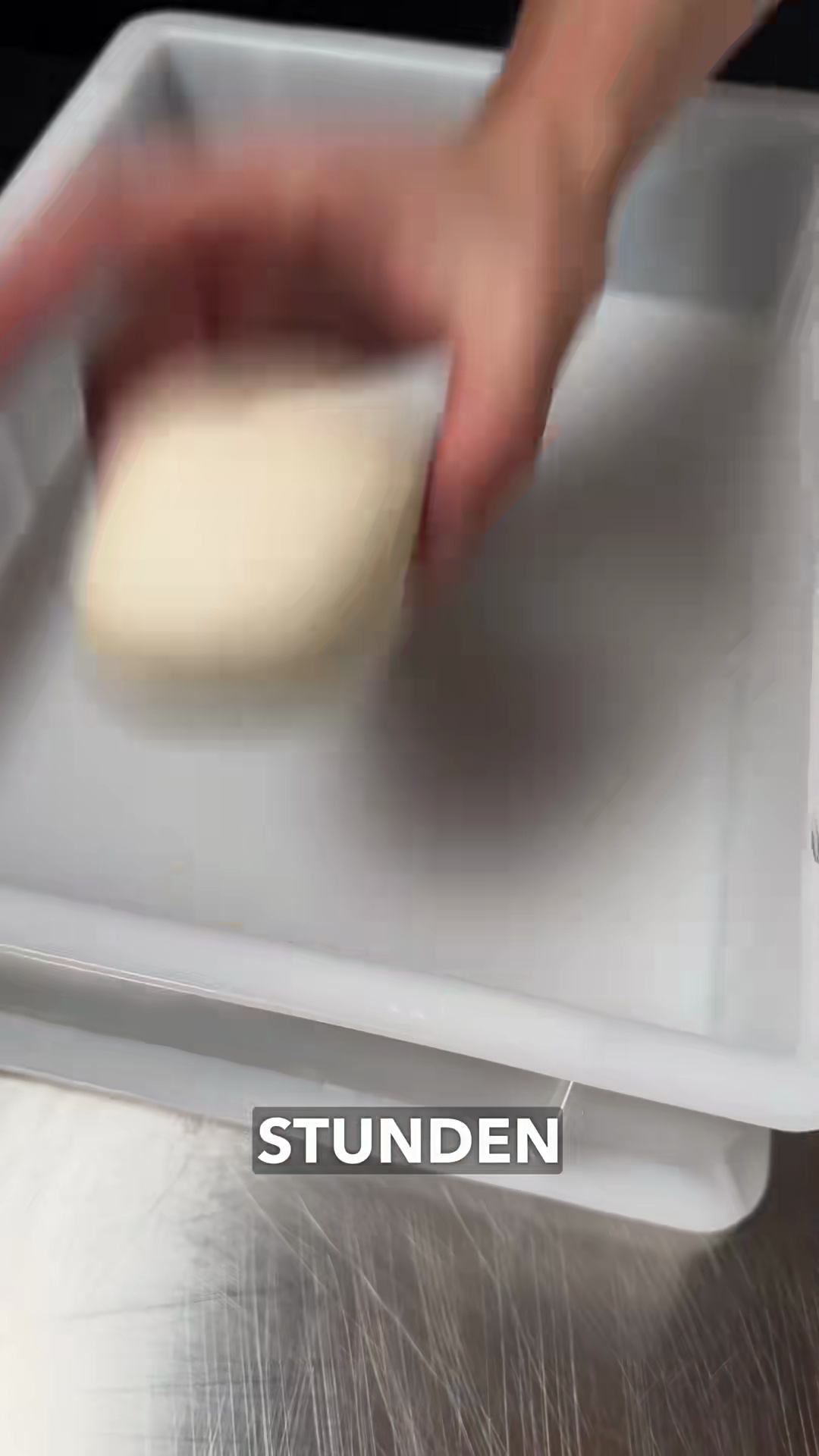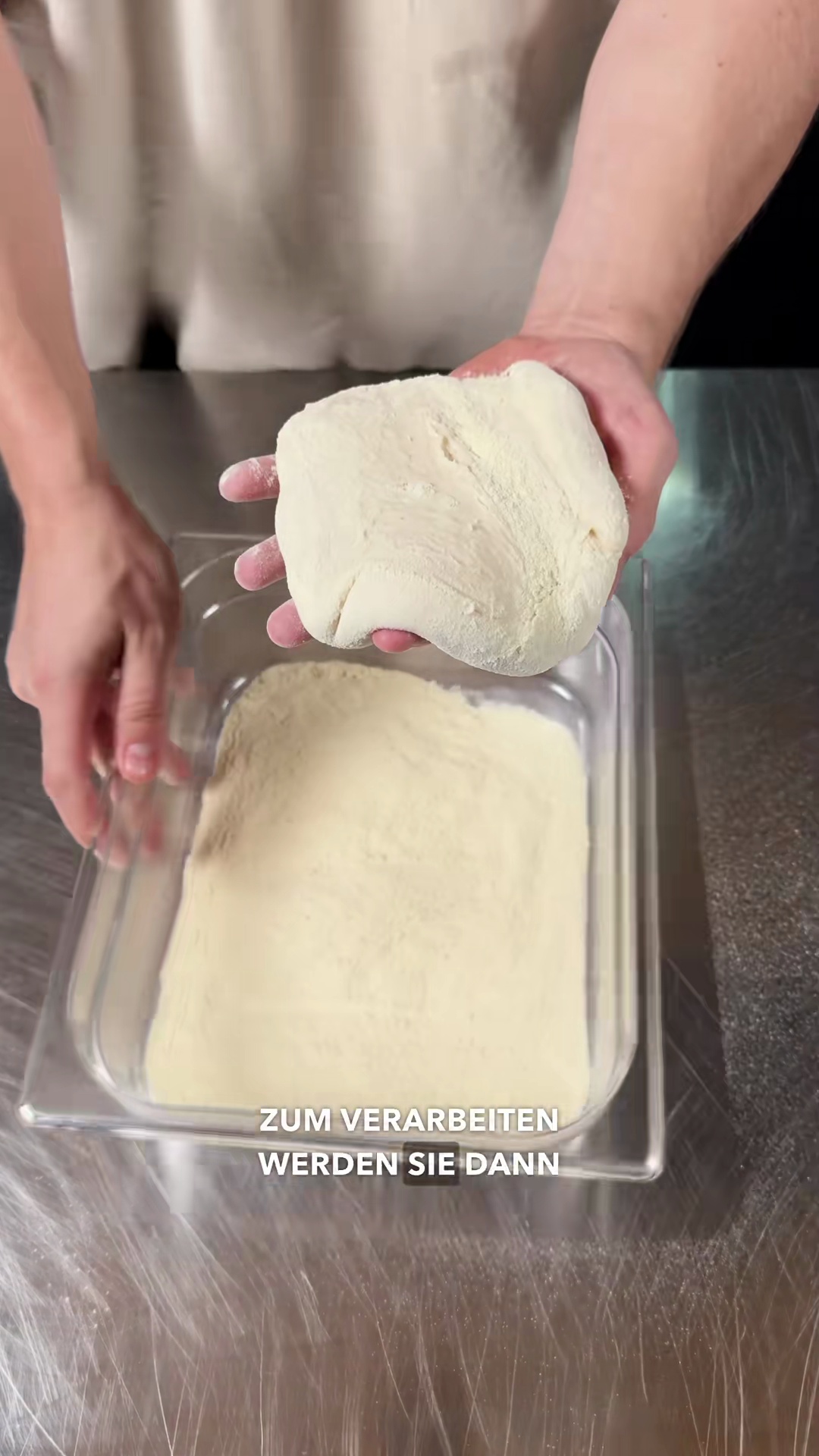Back to Italian Recipes
Author:
ichmachpizza
TikTok
1M
35K
"Scheisegal" Pizzateig (No-Knead Pizza Dough)
This 'Scheisegal' (I don't care) pizza dough recipe is incredibly simple and foolproof, perfect for beginners and pros alike. It requires no kneading and minimal effort, with the dough practically making itself. Featuring a long fermentation period of 24 to 48 hours, this recipe ensures a light, airy crust with a fantastic flavor profile, as the gluten develops naturally without direct strengthening. Enjoy stress-free pizza making!
#Pizza
#Dough
#No-Knead
#Easy
#Fermentation
#Italian
#Homemade
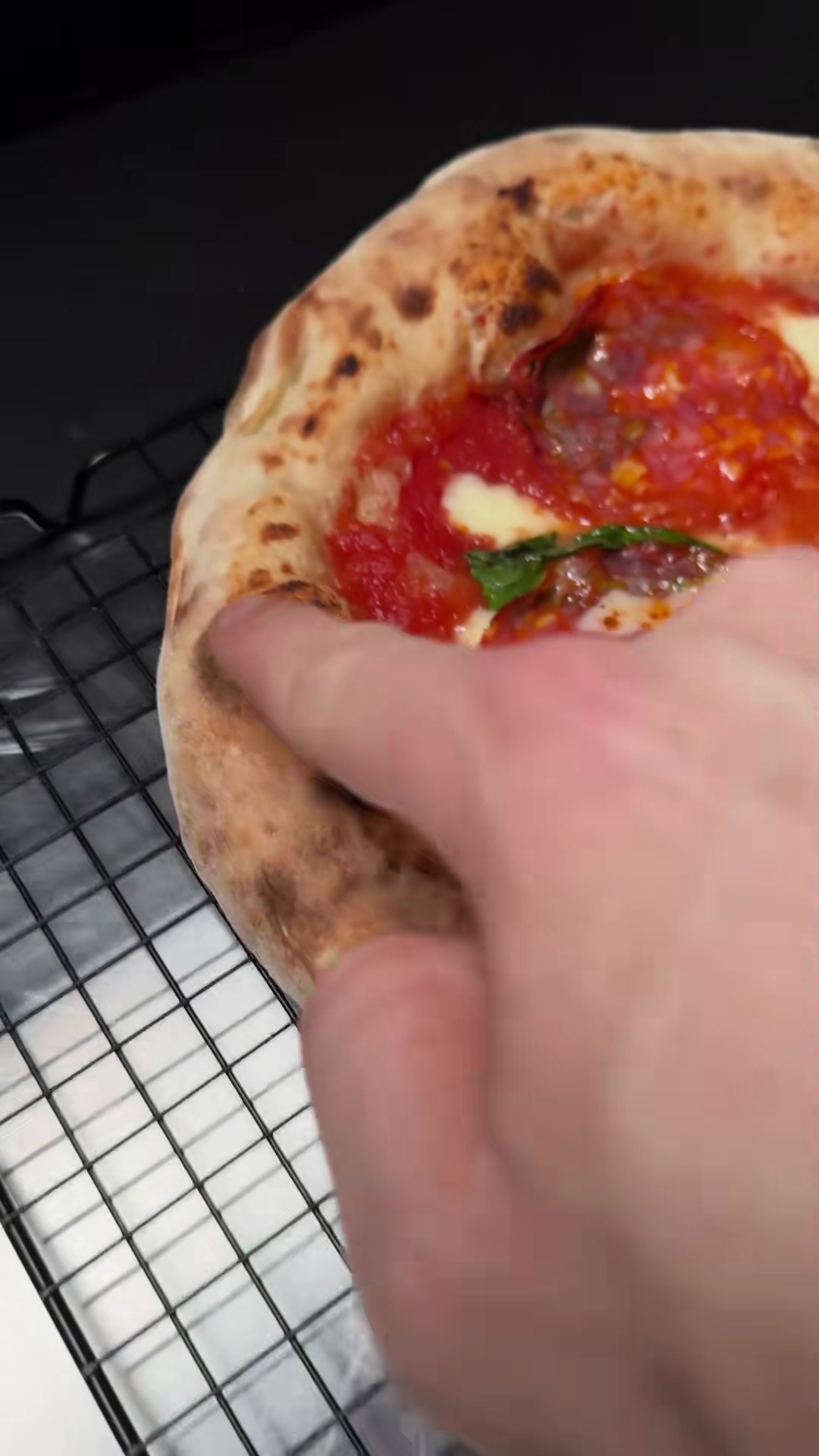
Ingredients for the No-Knead Pizza Dough
Recipe Information
17m
Prep Time
8m
Cook Time
24h 25m
Total Time
2
Servings
Easy
Italian
German
Nutrition (per serving)
900
Calories
50g
Protein
360g
Carbs
5g
Fat

Freshly Mixed Shaggy Dough
Ingredients
Servings: 2
💡 Tip: Check off ingredients as you add them to keep track of your progress!
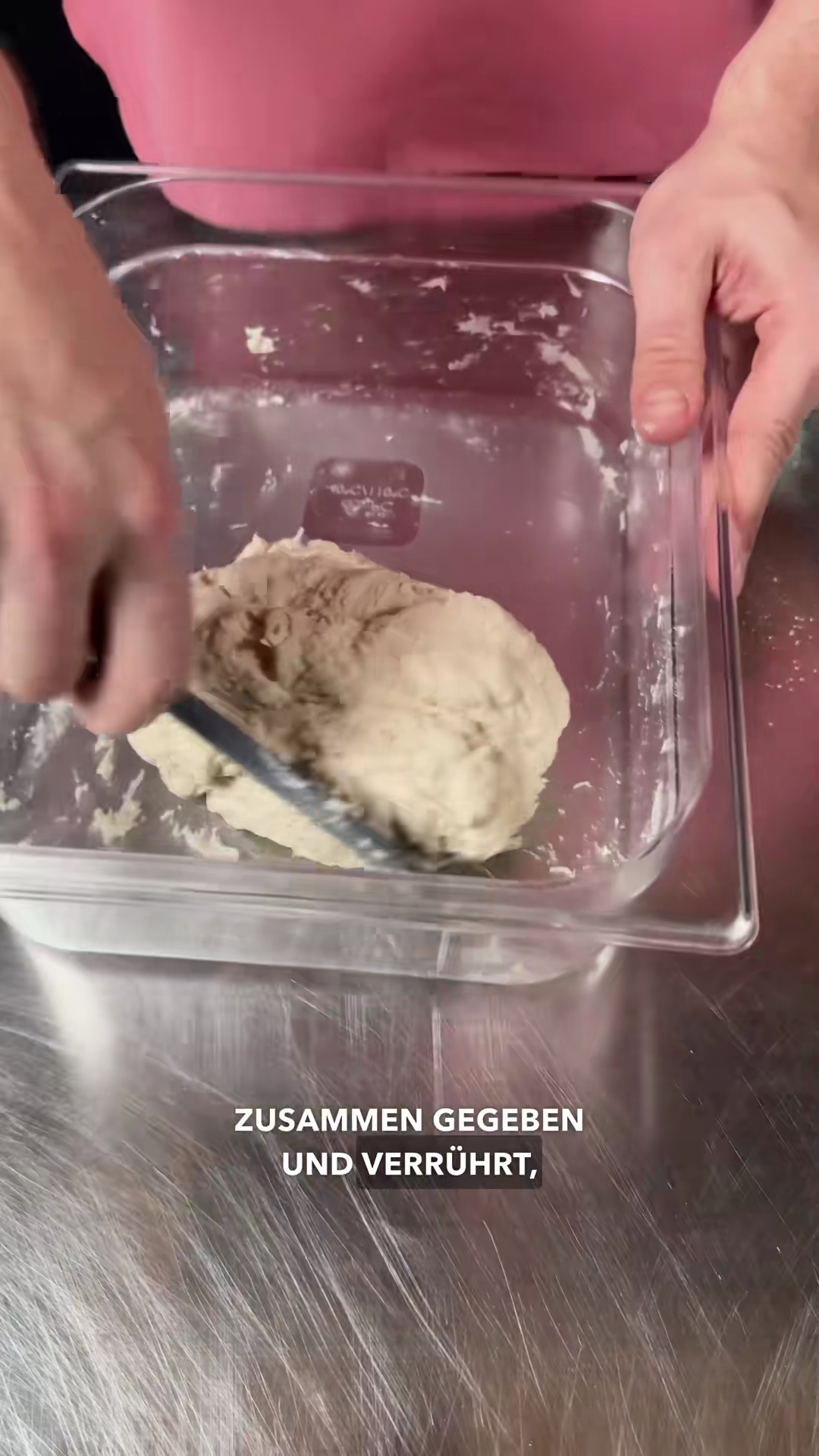
Dough After Long Bulk Fermentation
Instructions
0/9 completed
0%
💡 Tip: Click on any step to mark it as completed and track your cooking progress!




